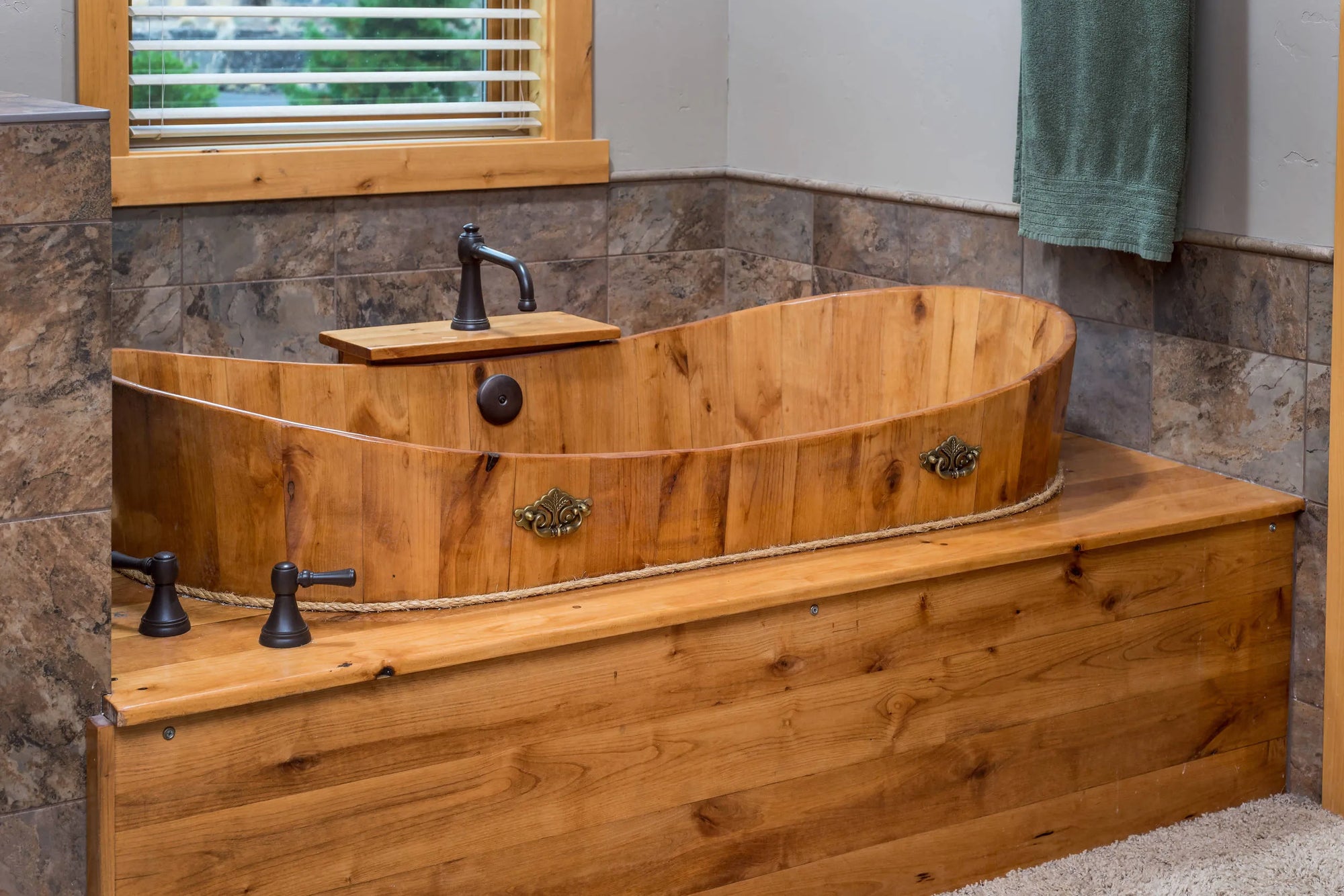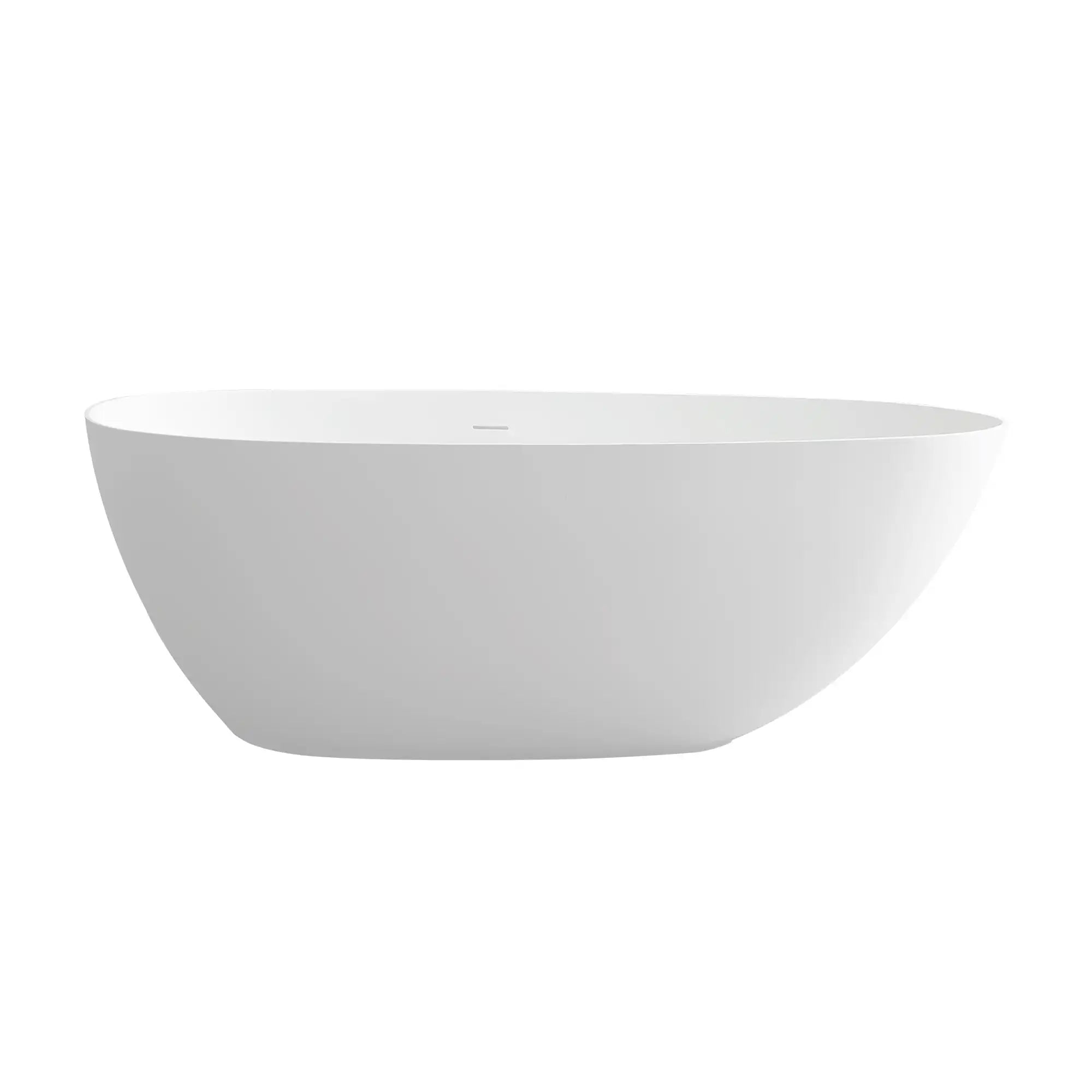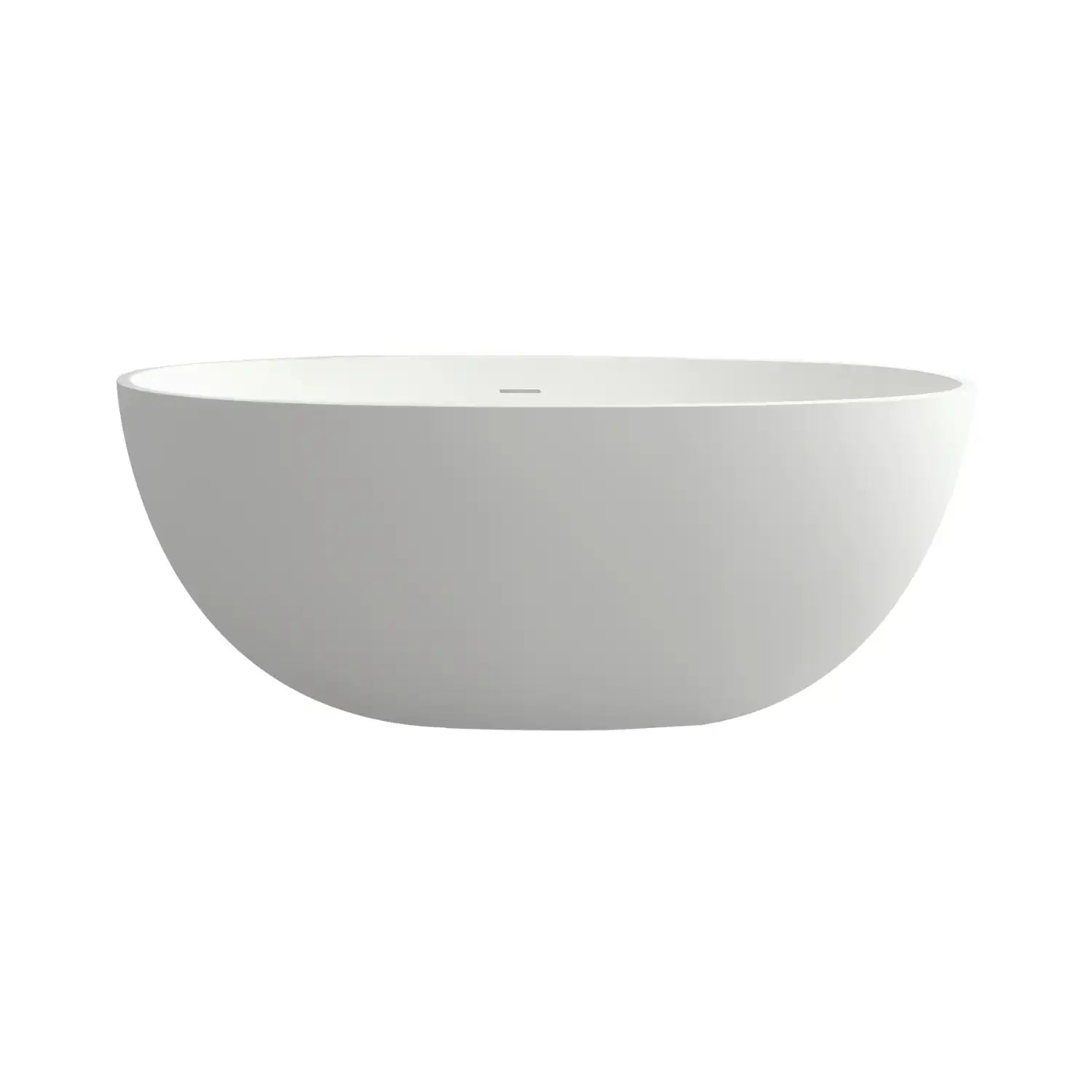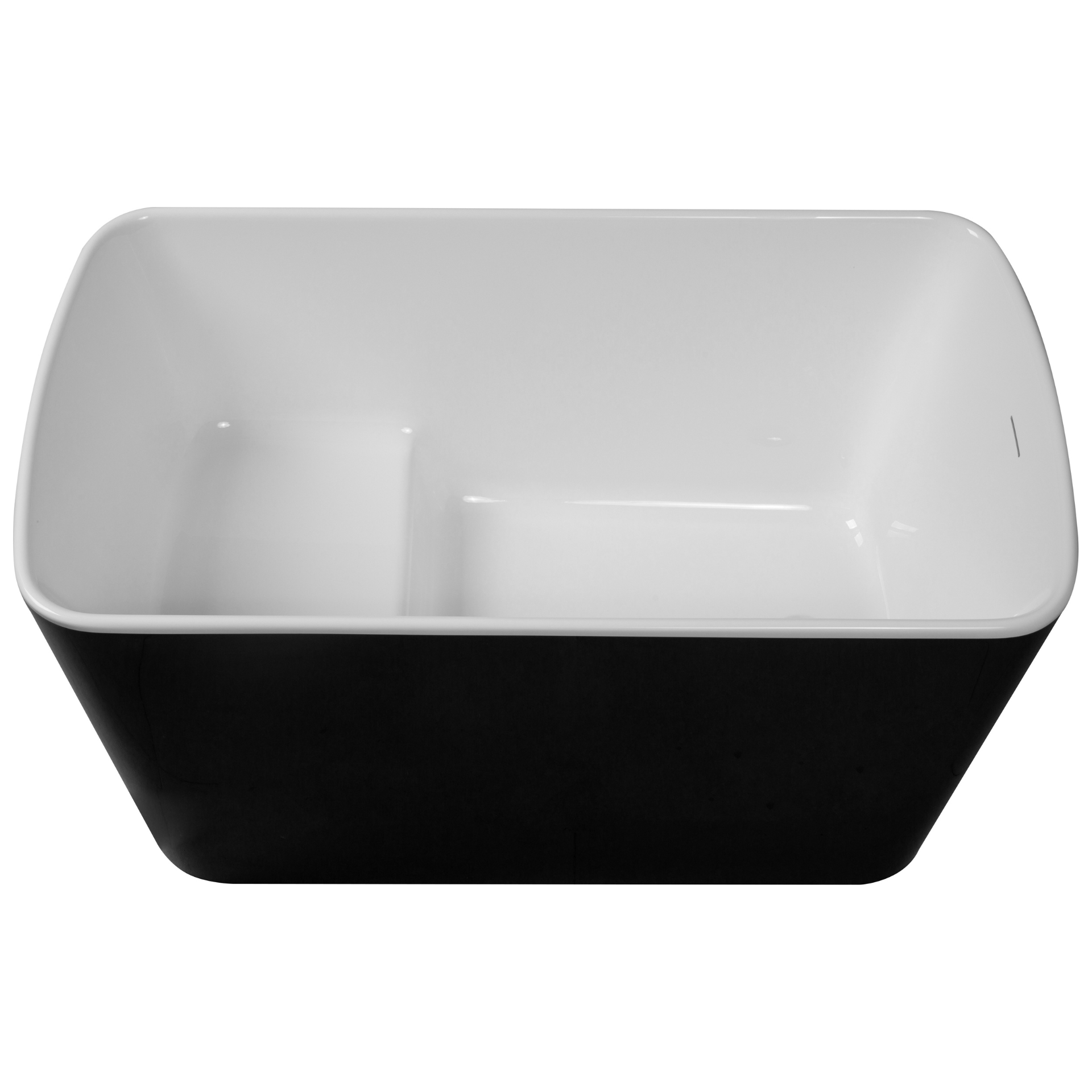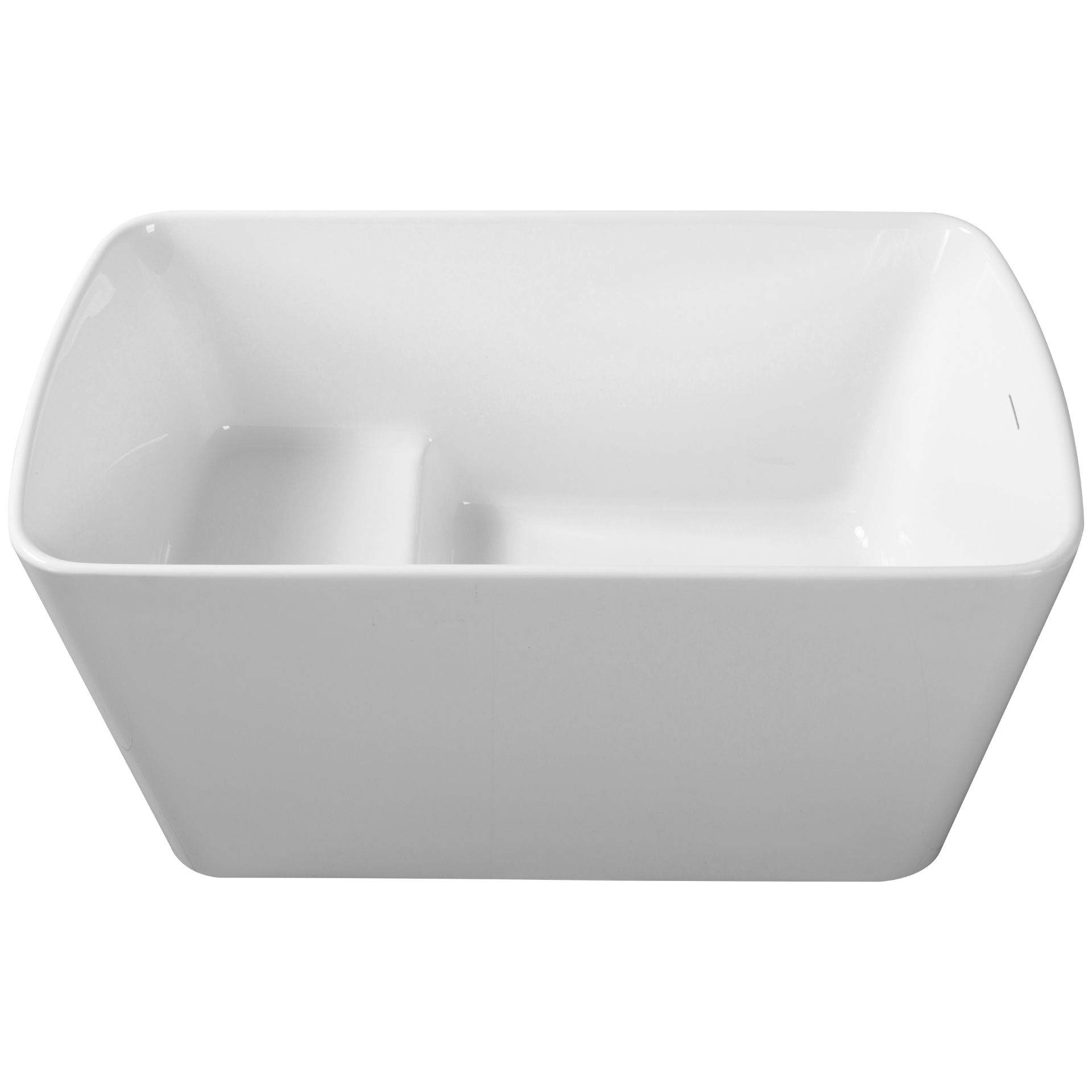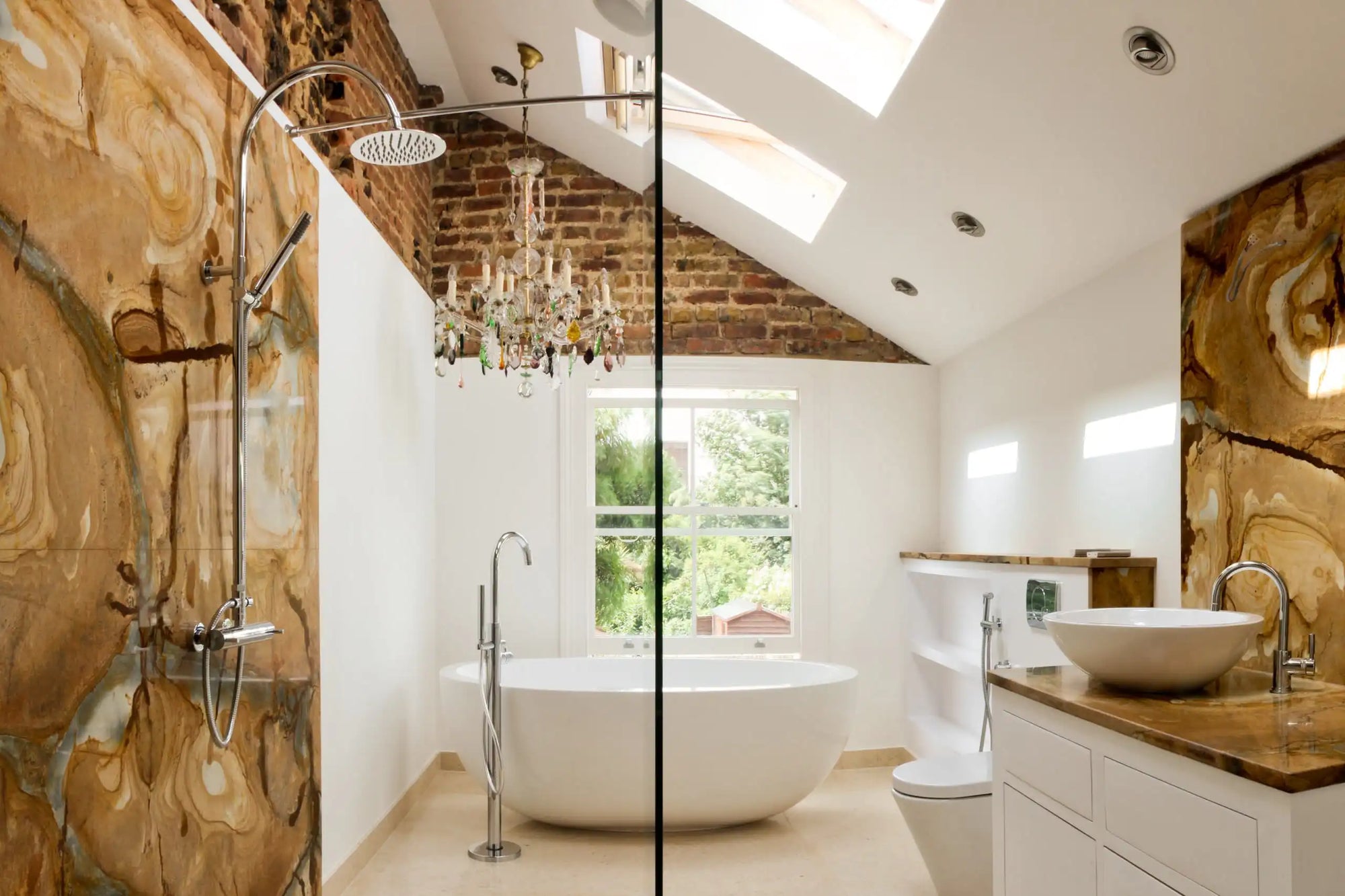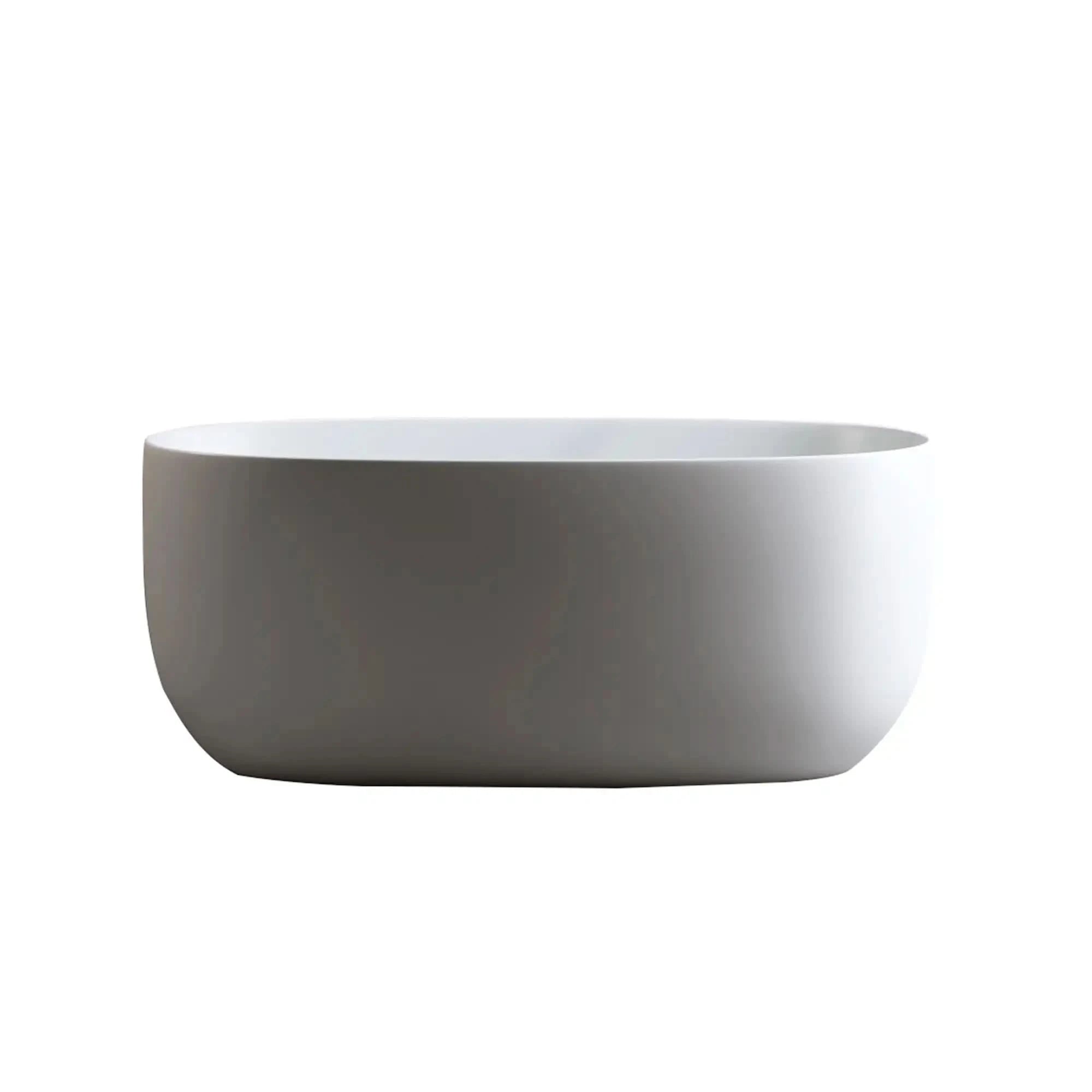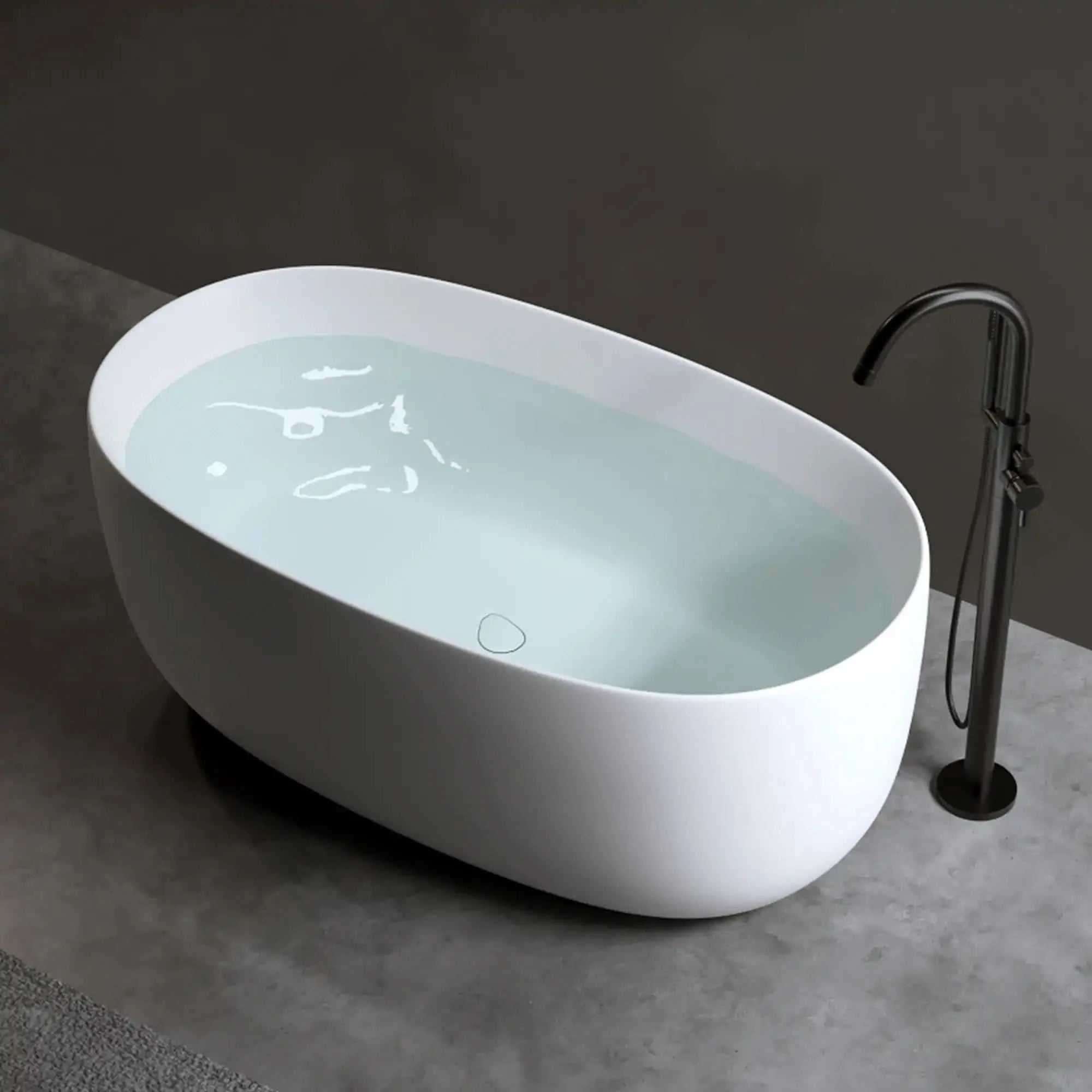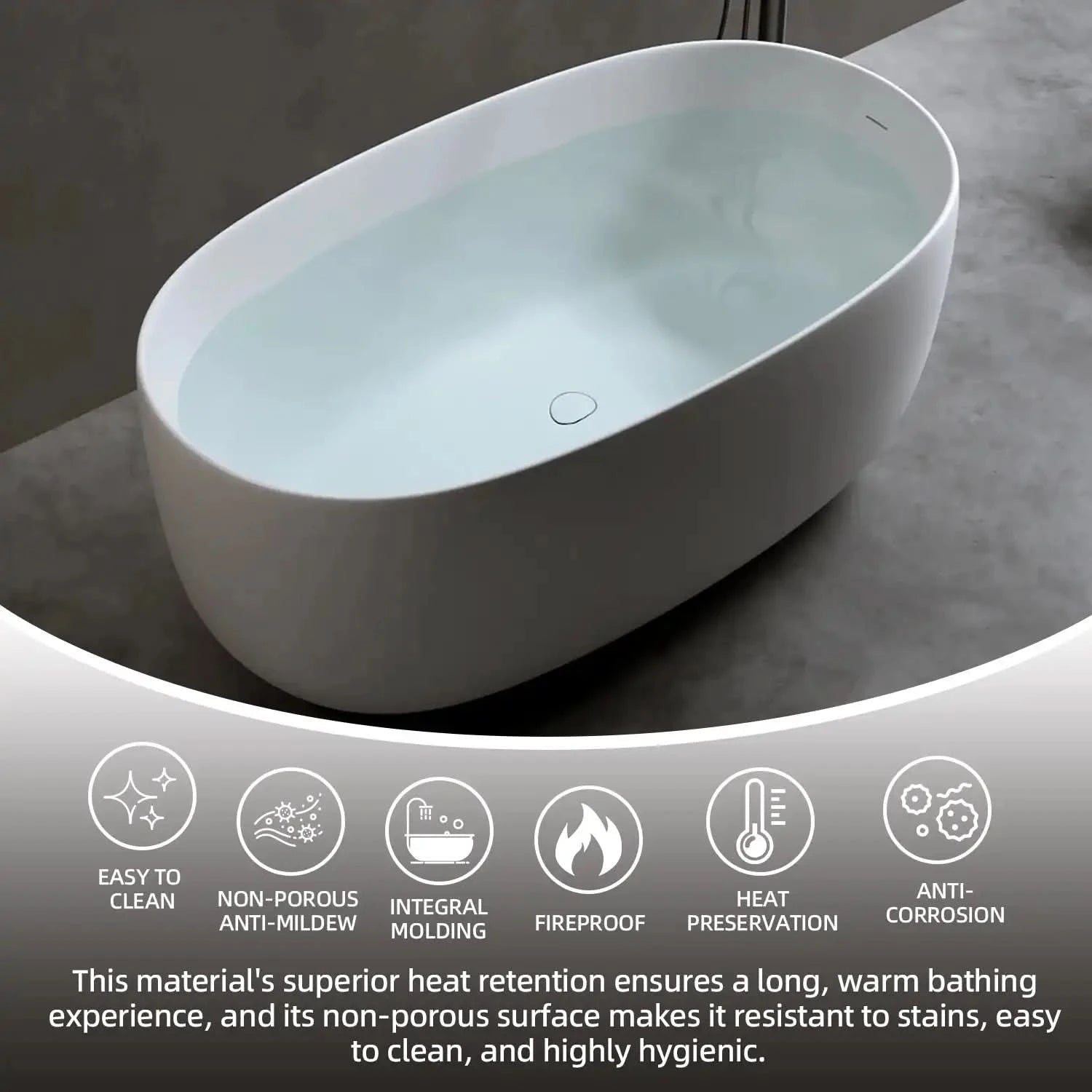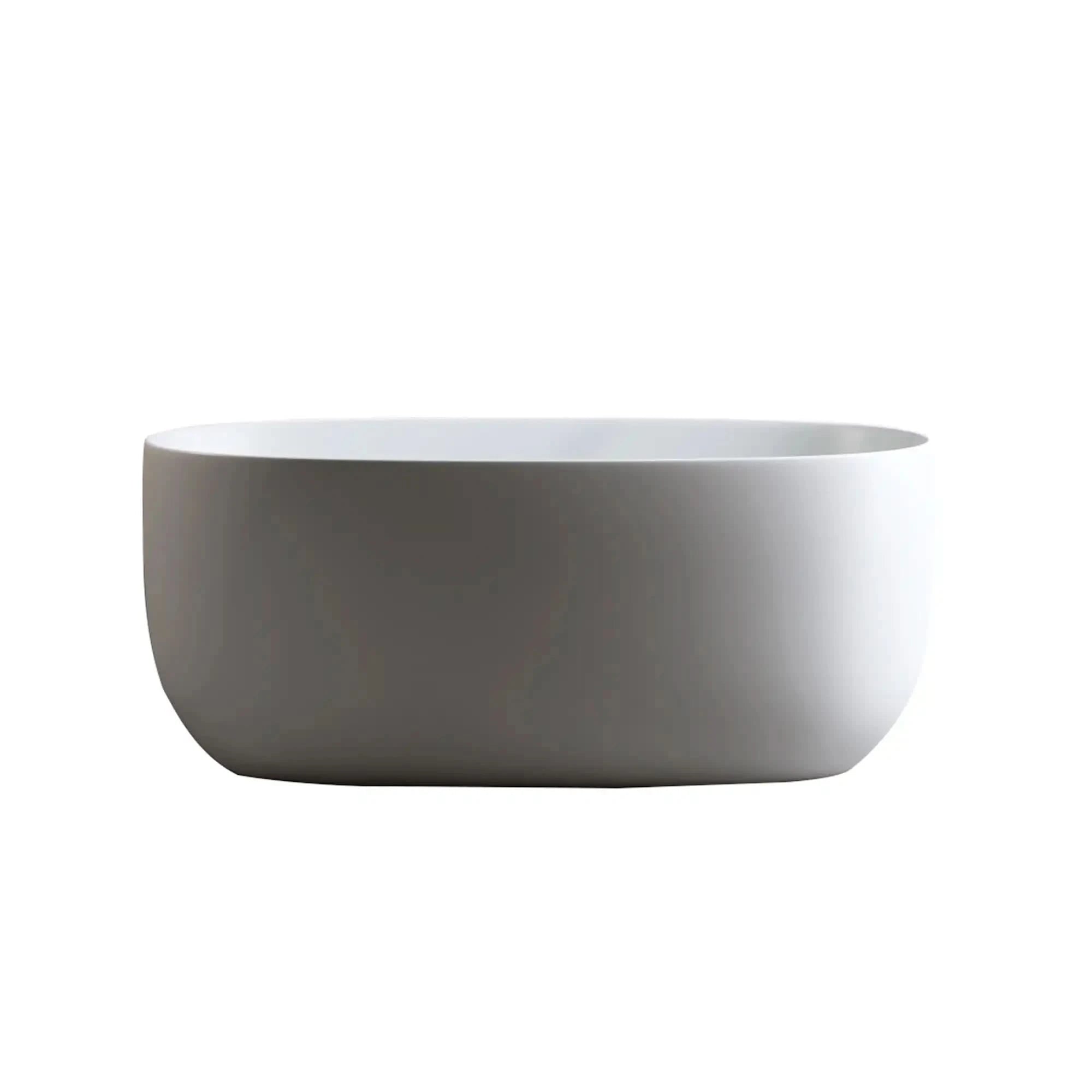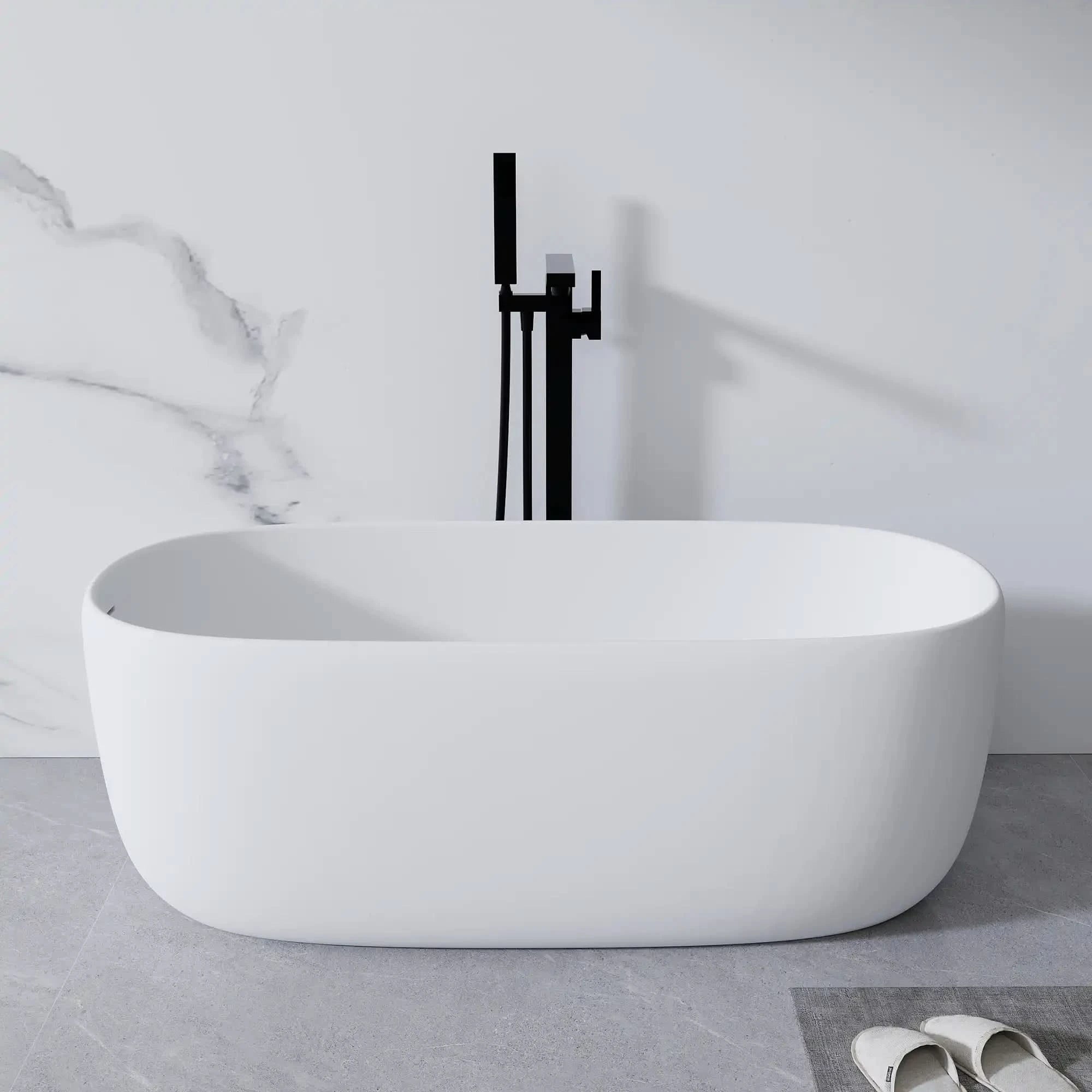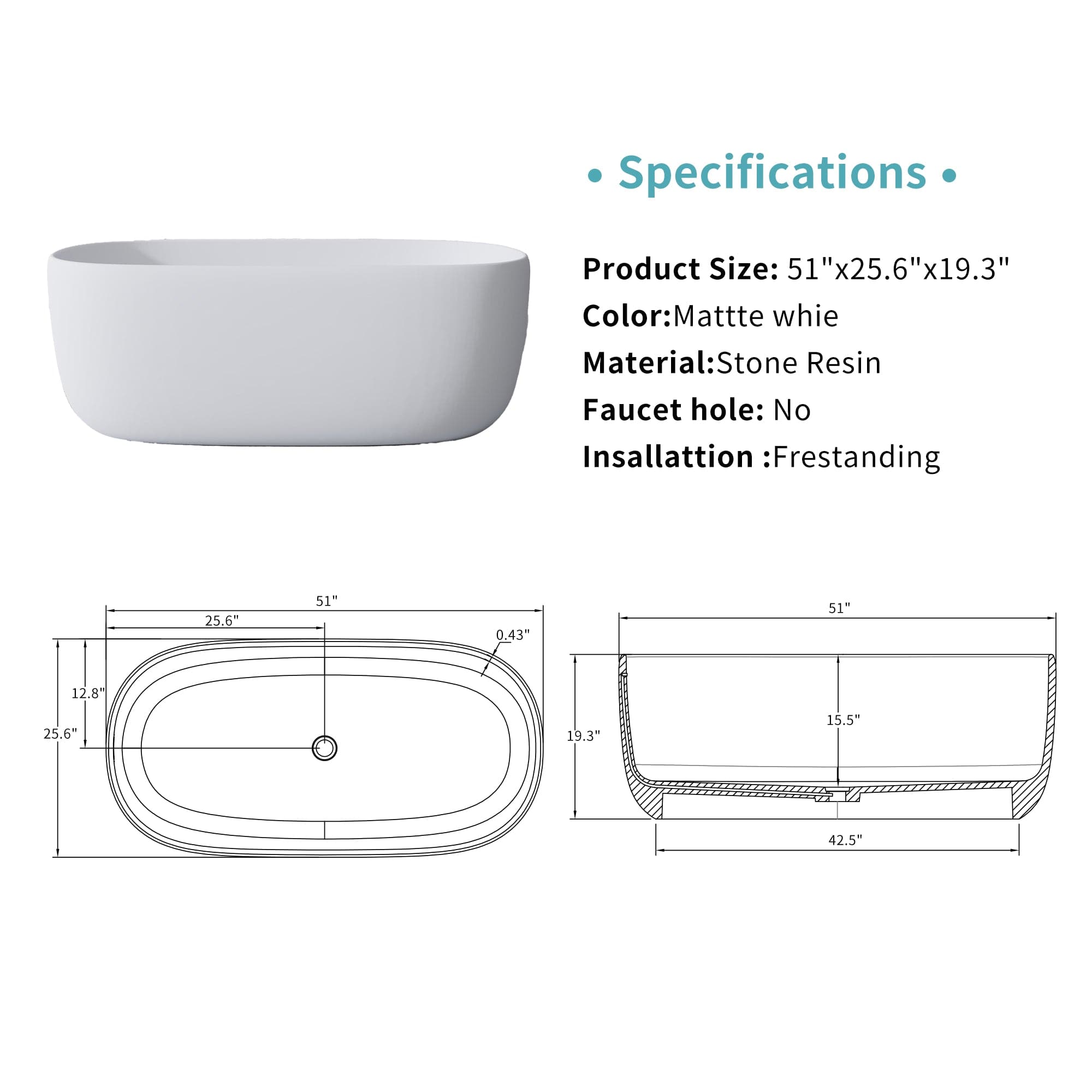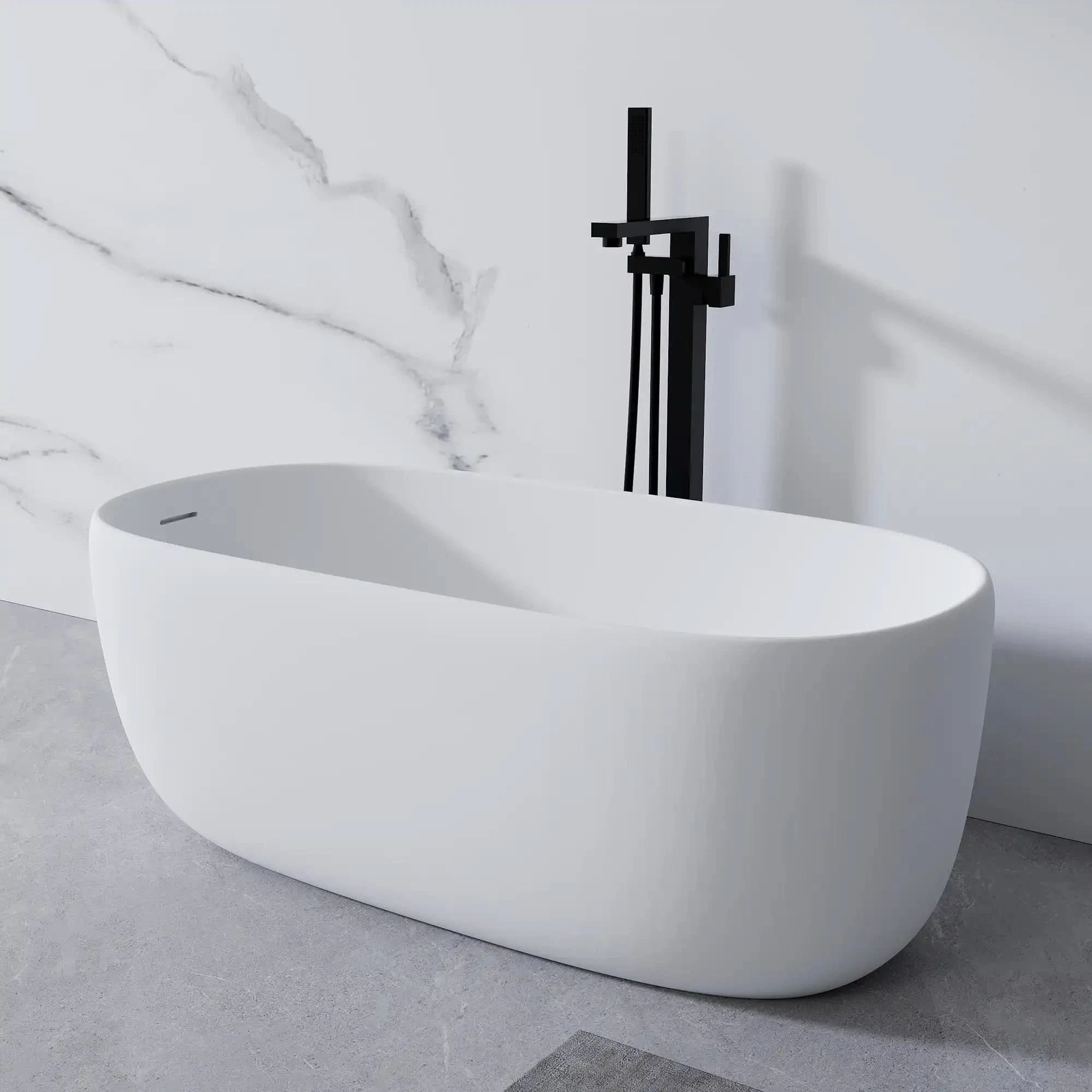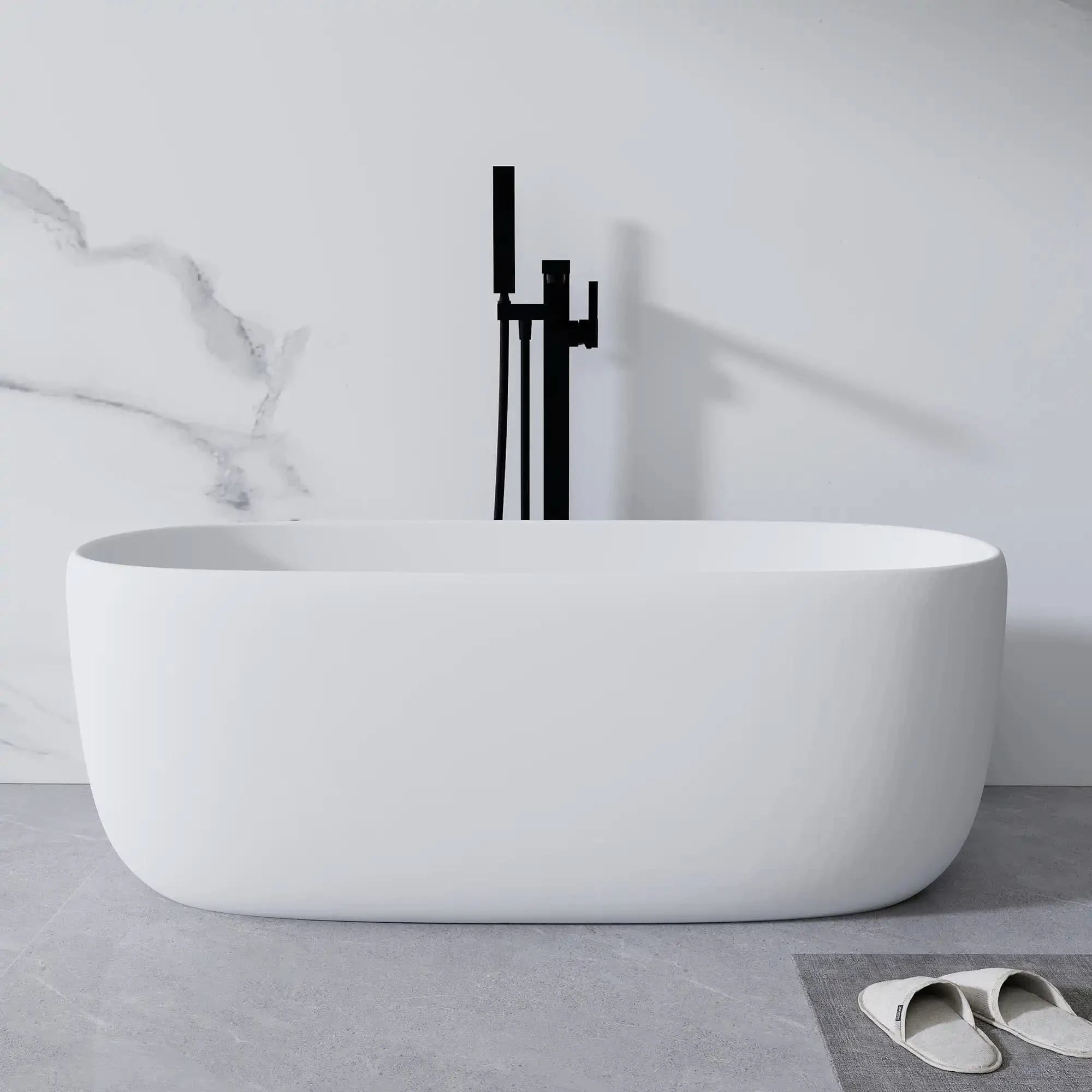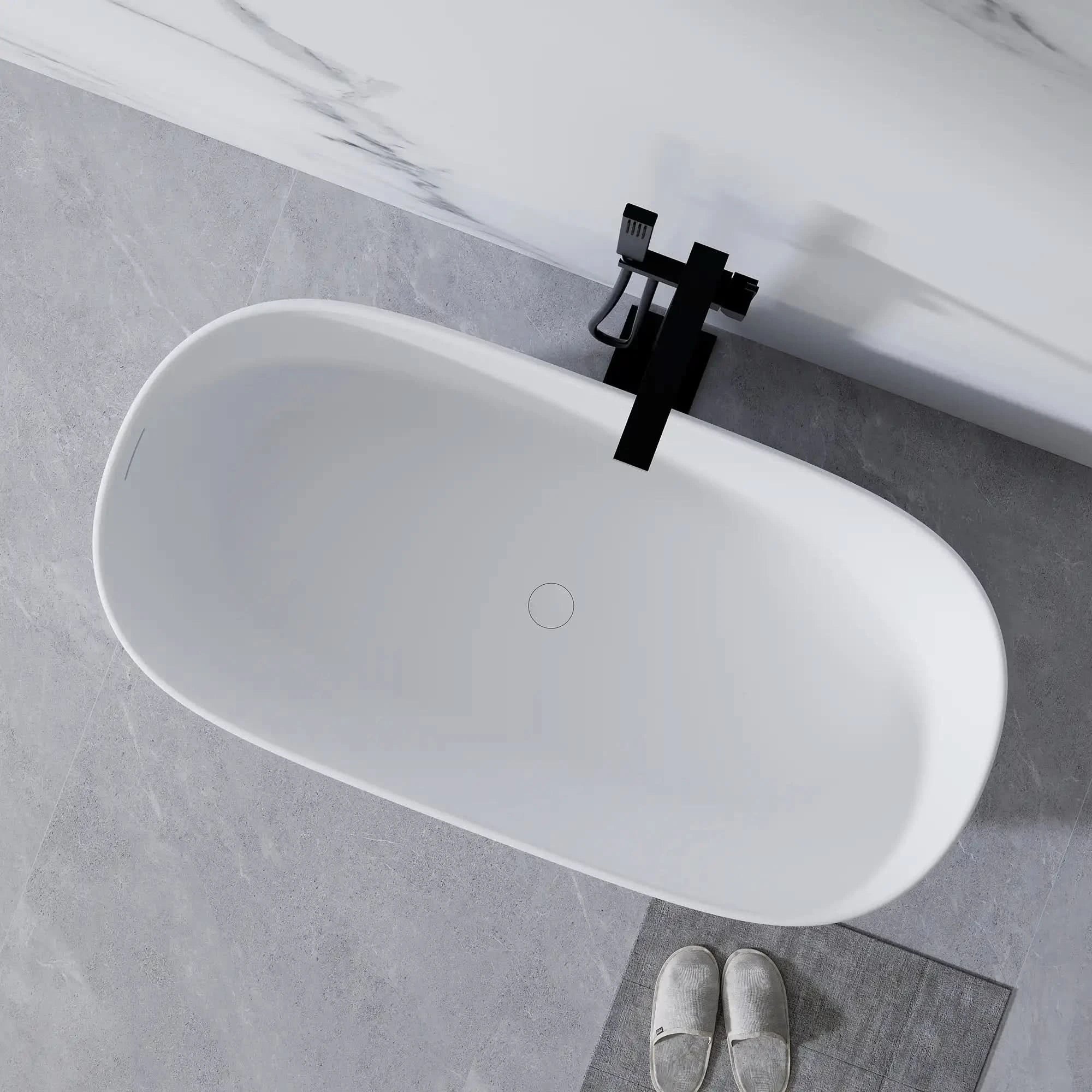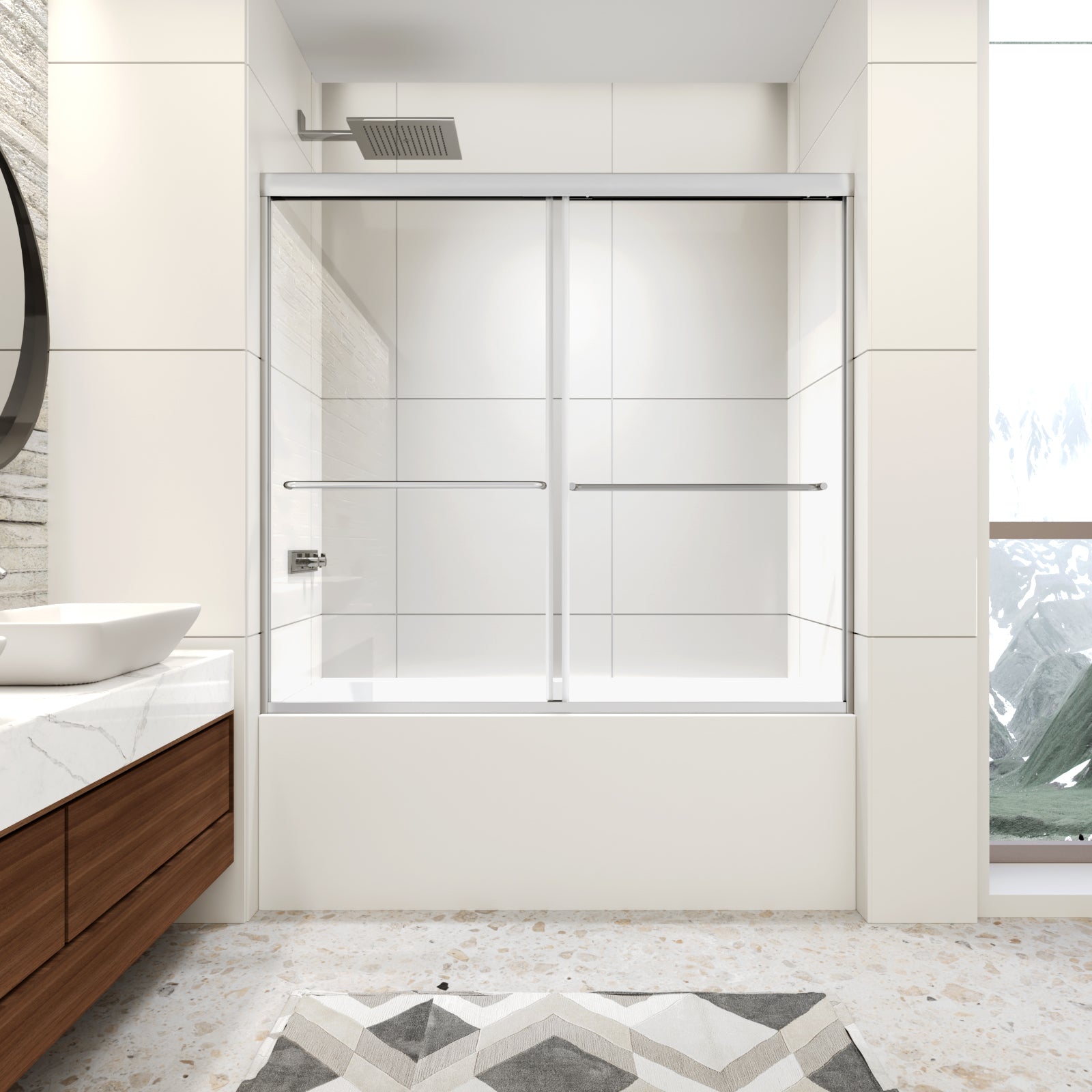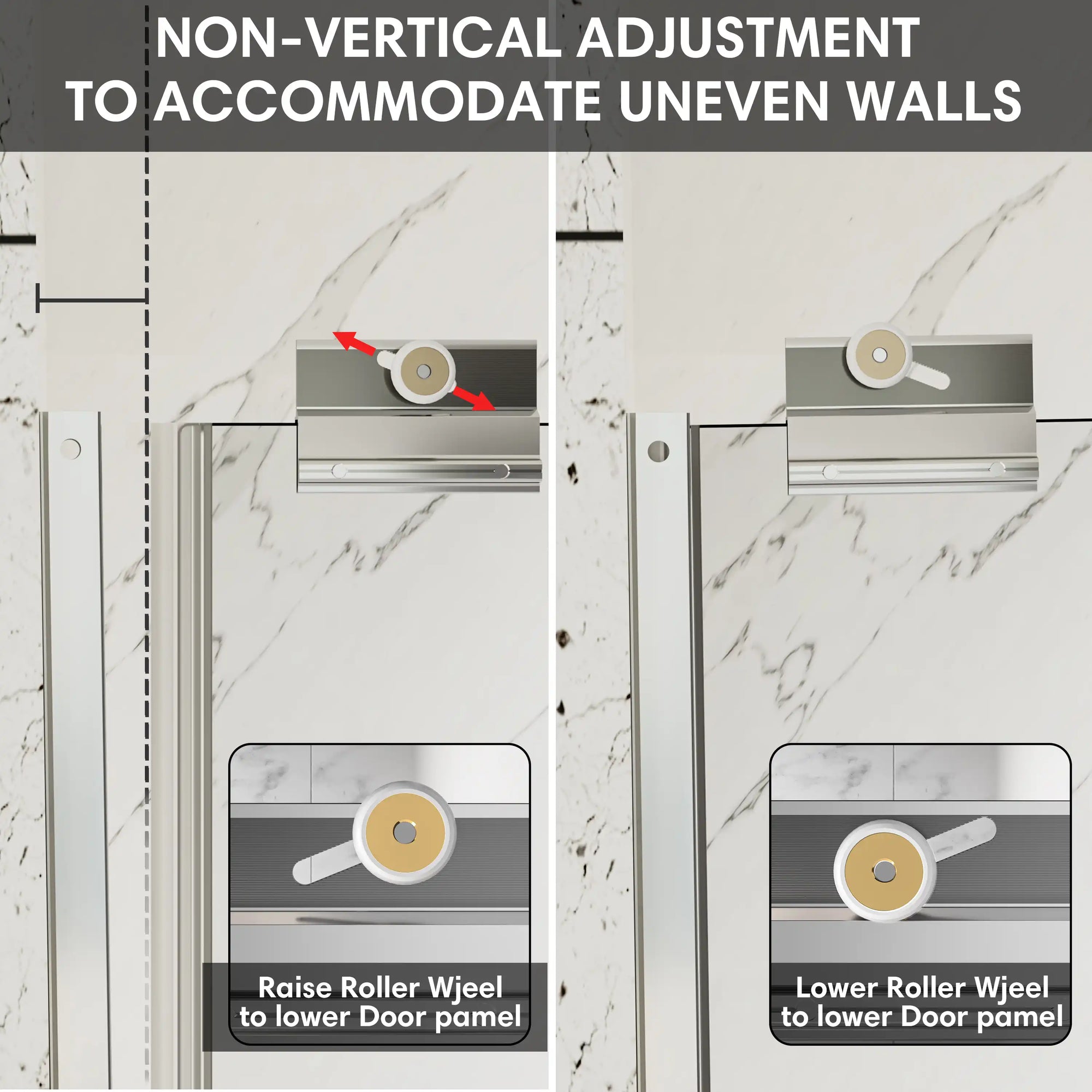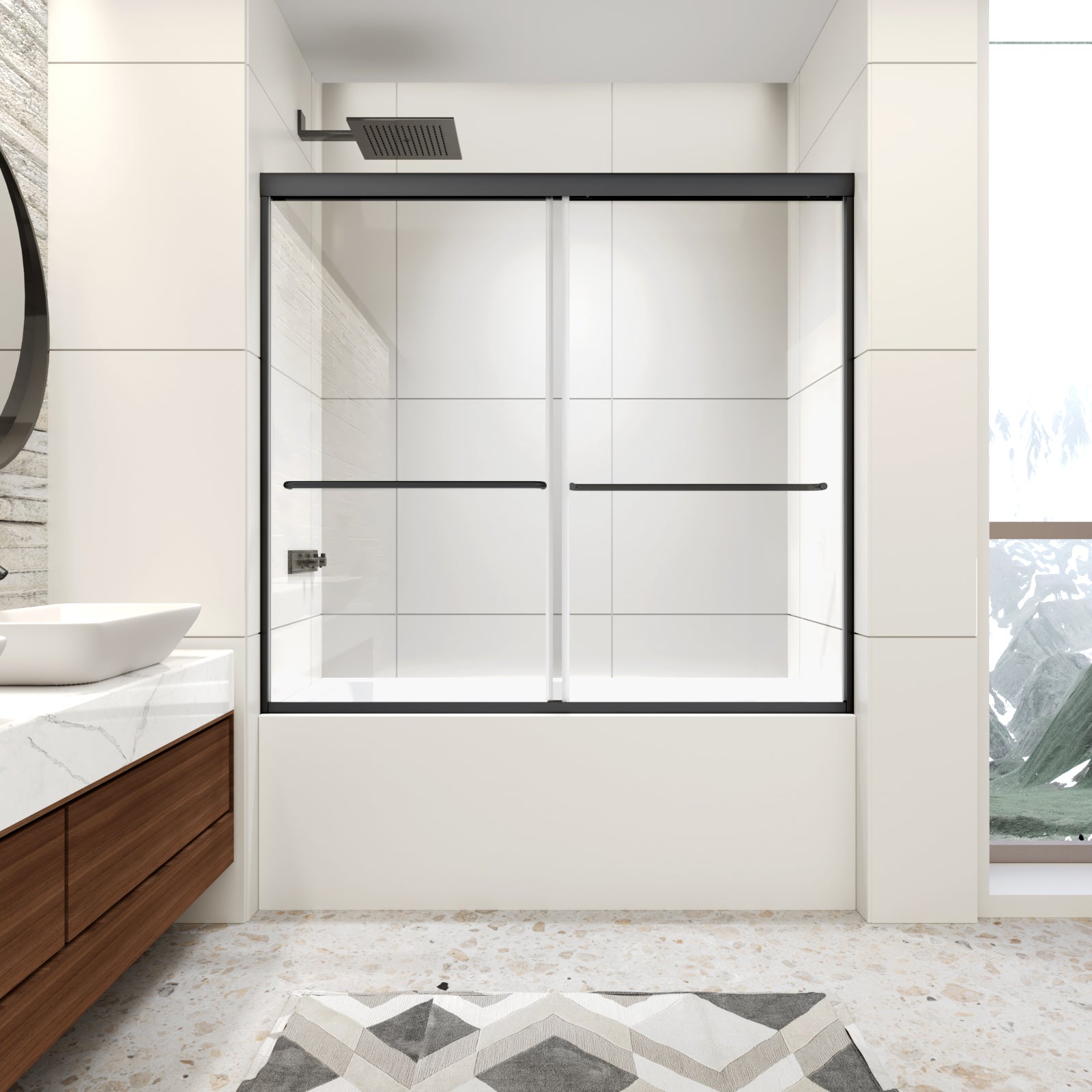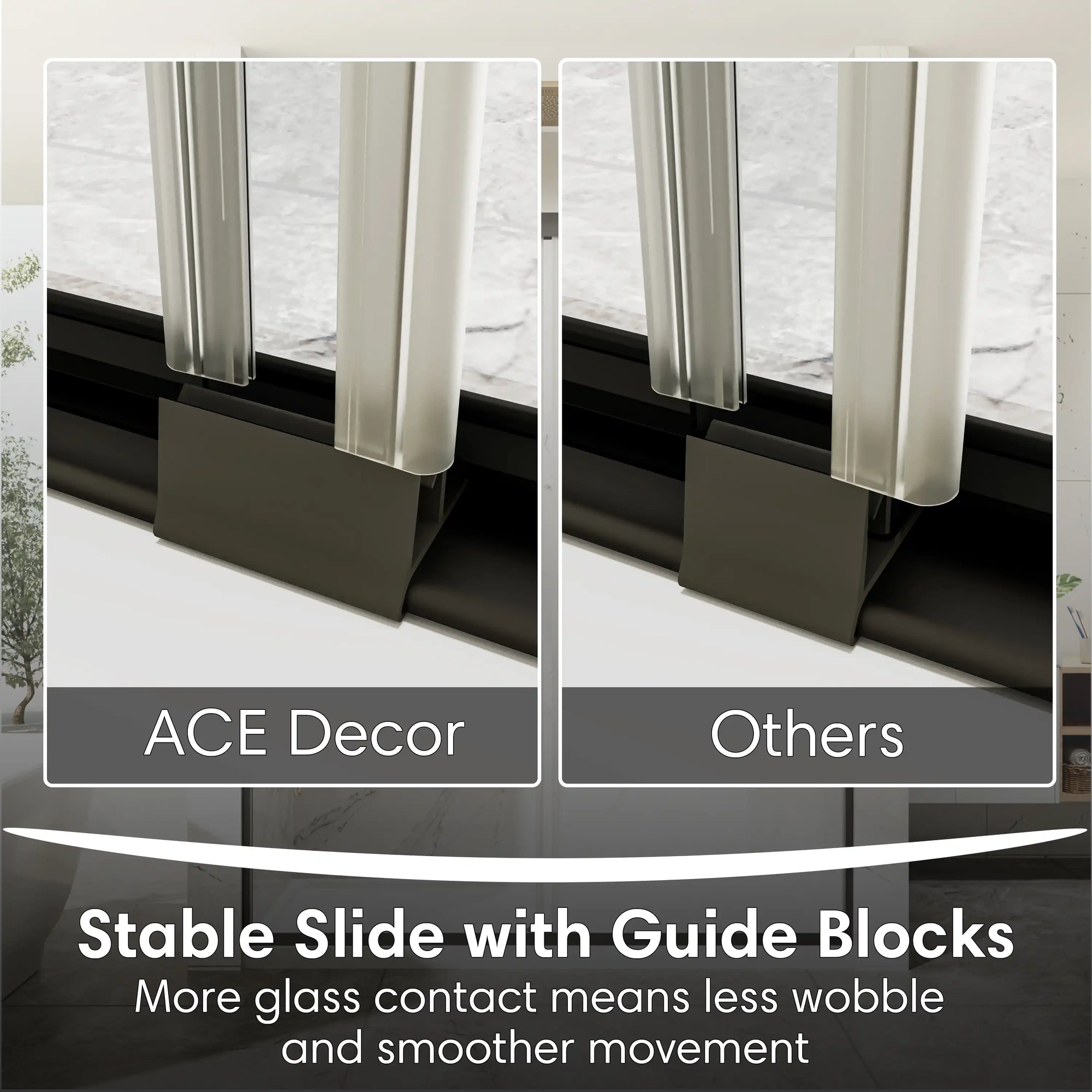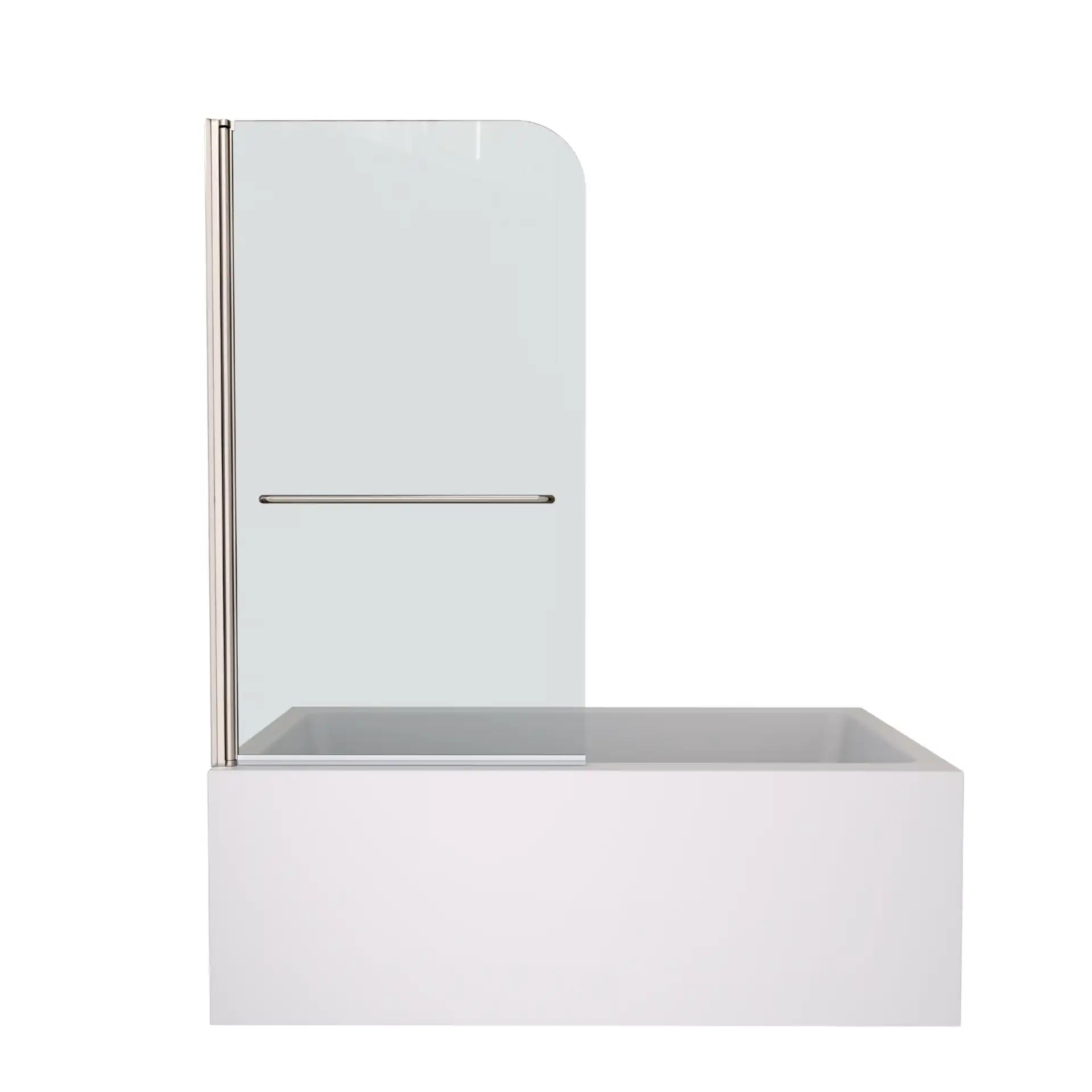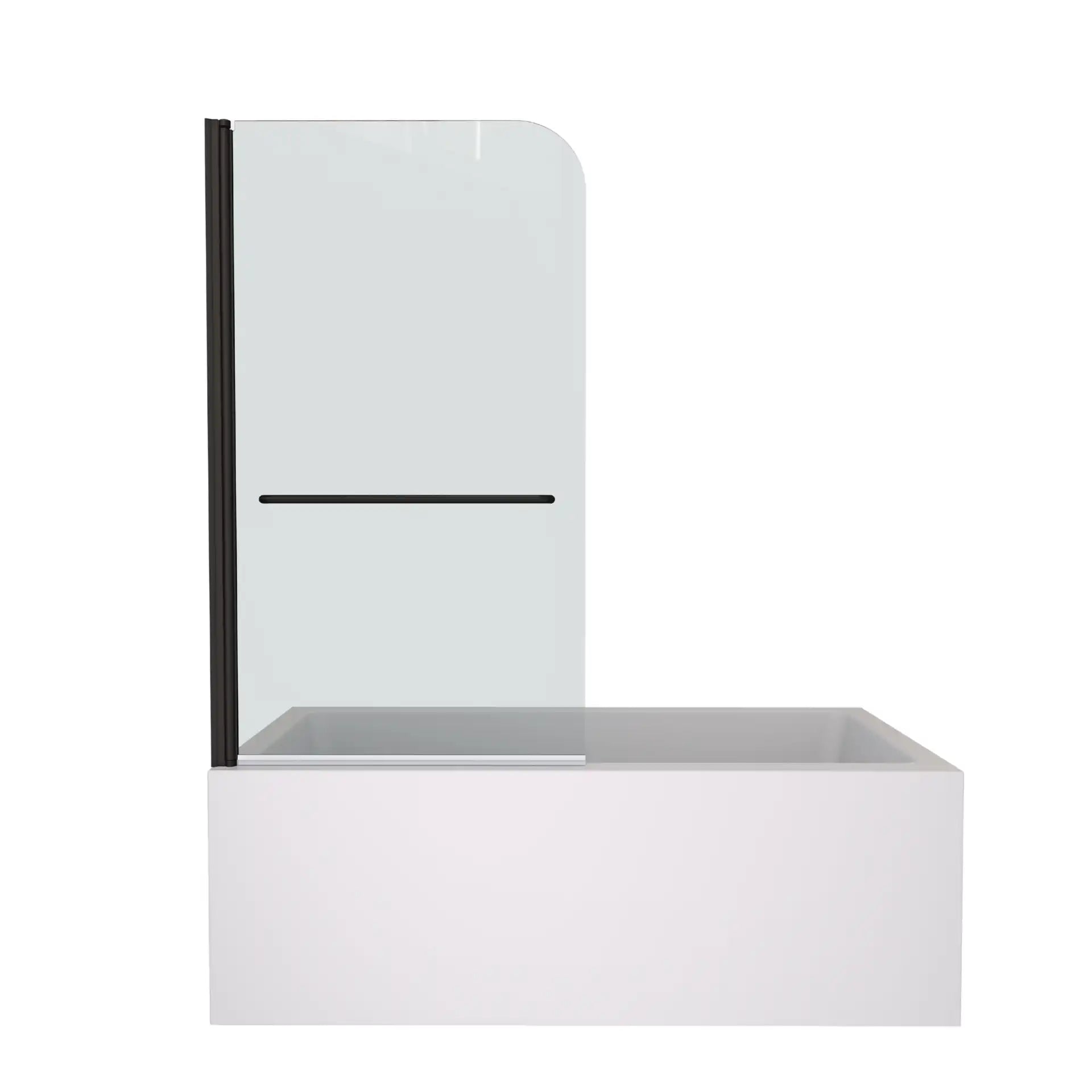Introduction
The Japanese wooden bathtub, representing tranquility and skill, is not a mere ware for bathing but a way of spiritualism. The wooden bathtub, thanks to its long tradition of imbuing peace and tranquility and its artisanal approach in creating it, has managed to maintain its existence across centuries, emerging into countless bathrooms in contemporary homes across the globe time and time again. We will be delving into the history, design philosophy and spiritual significance of the some of the world’s most beautiful bath tubs, and why they continue to hold a special place in the heart of the twenty-first century bathroom goer.
Table of Contents:
- The Origins of Japanese Wooden Bathtubs
- The Design Philosophy Behind Japanese Wooden Bathtubs
- The Spiritual and Therapeutic Aspect of Japanese Wooden Bathtubs
- Why Japanese Wooden Bathtubs Are Perfect for Modern Homes
- Maintenance and Care for Japanese Wooden Bathtubs
- Conclusion
- FAQ
The Origins of Japanese Wooden Bathtubs
Japan has long been celebrated for its bathing culture, called “furo.” The Japanese bathing ritual transcends personal hygiene — it is relaxation, purification and an intimate communion with nature. Japanese Wood Tub The Japanese wooden bath has been used for thousands of years and is still very popular in Japanese culture today. These tubs served more than a function: They formed part of the Japanese tradition of making time at the end of a workday, with family members or for solace, to uncoil.
Nowadays, the classic wooden bathtub remains the center piece of the Japanese onsen (hot springs) as well as many private homes, and its tradition lives on. And as modern styles changed, the wooden bathtub changed with them, making a delightful mix of old and new that takes people's breath away in their search for tranquility at home.

The Design Philosophy Behind Japanese Wooden Bathtubs
Japanese wooden bathtubs are masterpieces of design, combining function with aesthetics. The philosophy of their creation is simple, natural beauty and blends with the surrounding atmosphere. They think of everything, the type of wood, the way the tub is shaped.
The majority of these bathtubs are constructed of Hinoki wood, which has a smooth feeling touch and delivers a relaxing spice-like aroma to your hot bath. The natural oils of the wood act as barrier to moisture, so it can withstand time.
Furthermore, many Japanese wooden bathtubs are made short in height and bathers can soak to the shoulders while sitting, providing an essence of the deep meditative stance of the Japanese ritual of bathing.

The Spiritual and Therapeutic Aspect of Japanese Wooden Bathtubs
Outside of design, the Japanese wooden bathtub has deep spiritual connotations. The idea of 'Onsen' in Japan goes a lot deeper than superficial bathing, it’s is tied to a person’s moral and spiritual existence. Bathing in the wooden tub is considered a renewal ritual — a time to reflect on your troubles, de-stress and reconnect with yourself.

Why Japanese Wooden Bathtubs Are Perfect for Modern Homes
Although it has traditional roots, the Japanese wooden tub has become a well-loved element of modern design. There has been a revival of interest in natural materials and straight-line designs in recent years wooden bathtubs are an effective way to include that look in your bathroom.
Japanese wooden bathtubs are so flexible they fit harmoniously within virtually any type of interior, including the simplest and the most rustic. They have a refined but not ostentatious design; they are luxurious but not garish. The tactile sensation of warm wood against the skin, combined with the visual appeal of natural wood grain, creates a bathing experience that is both sensory and aesthetic.
Moreover, these tubs offer a sustainable alternative to traditional materials like acrylic or fiberglass, aligning with the growing trend of eco-conscious living. For those who want a fusion of modern comfort and traditional beauty, there’s the Japanese wooden bath.

Maintenance and Care for Japanese Wooden Bathtubs
Taking care of a Japanese wooden bathtub is relatively simple, but it does require some attention to ensure its longevity.
Step by step guide:
-
Preparation: Turn off water supply, empty the tub, remove accessories, and ensure a dry workspace.
-
Initial Cleaning: Wipe surfaces with a damp cloth using mild soapy water or specialized cleaner. Avoid harsh chemicals.
-
Deep Cleaning: Use soft brushes/sponges for stubborn stains and crevices. Never use abrasive tools.
-
Maintenance: Apply wood care products regularly to preserve shine and longevity. Follow product instructions carefully.
Important precautions include:
-
Avoiding sharp objects and harsh chemicals
-
Preventing excessive soap/shower gel use
-
Ensuring proper ventilation to prevent mold
-
Draining water completely after each use
-
Protecting from direct sunlight/extreme temperatures
-
Maintaining moisture levels in dry climates
Conclusion
In conclusion, the Japanese soaking tub is more than a bathing facility. It is a symbol of Japanese culture, an embodiment of craftsmanship, and a source of tranquility. Whether you’re drawn to its history, design, or the therapeutic benefits it offers, a Japanese wooden bathtub can transform your daily bathing ritual into a profound and peaceful experience.
FAQ
Q1: What is the best wood used in Japanese wooden bathtubs?
A: The most common wood used is Hinoki (Japanese cypress), prized for its smooth texture, pleasant scent, and natural resistance to water.
Q2: How do I maintain a Japanese wooden bathtub?
A: After each use, ensure the tub is dried properly to prevent moisture buildup. Periodically apply a wood oil to keep the surface smooth and maintain its natural aroma.
Q3: Can a Japanese wooden bathtub fit into a modern bathroom?
A: Absolutely! Japanese wooden bathtubs are designed with elegance and simplicity in mind, making them suitable for various interior styles, from minimalist to more traditional. They can become a stunning centerpiece in your bathroom.
Q4: What makes a Japanese wooden bathtub therapeutic?
A: The combination of warm water, natural wood scent, and the meditative atmosphere created by the tub’s design helps to relieve stress, ease muscle tension, and promote overall relaxation, offering both physical and mental healing benefits.
Related Articles
Why High-End Hotels Are Installing Japanese Bathtub to Enhance Customer Experience
Transformative Relaxation: Soaking in a Bathtub for a Rejuvenated You
